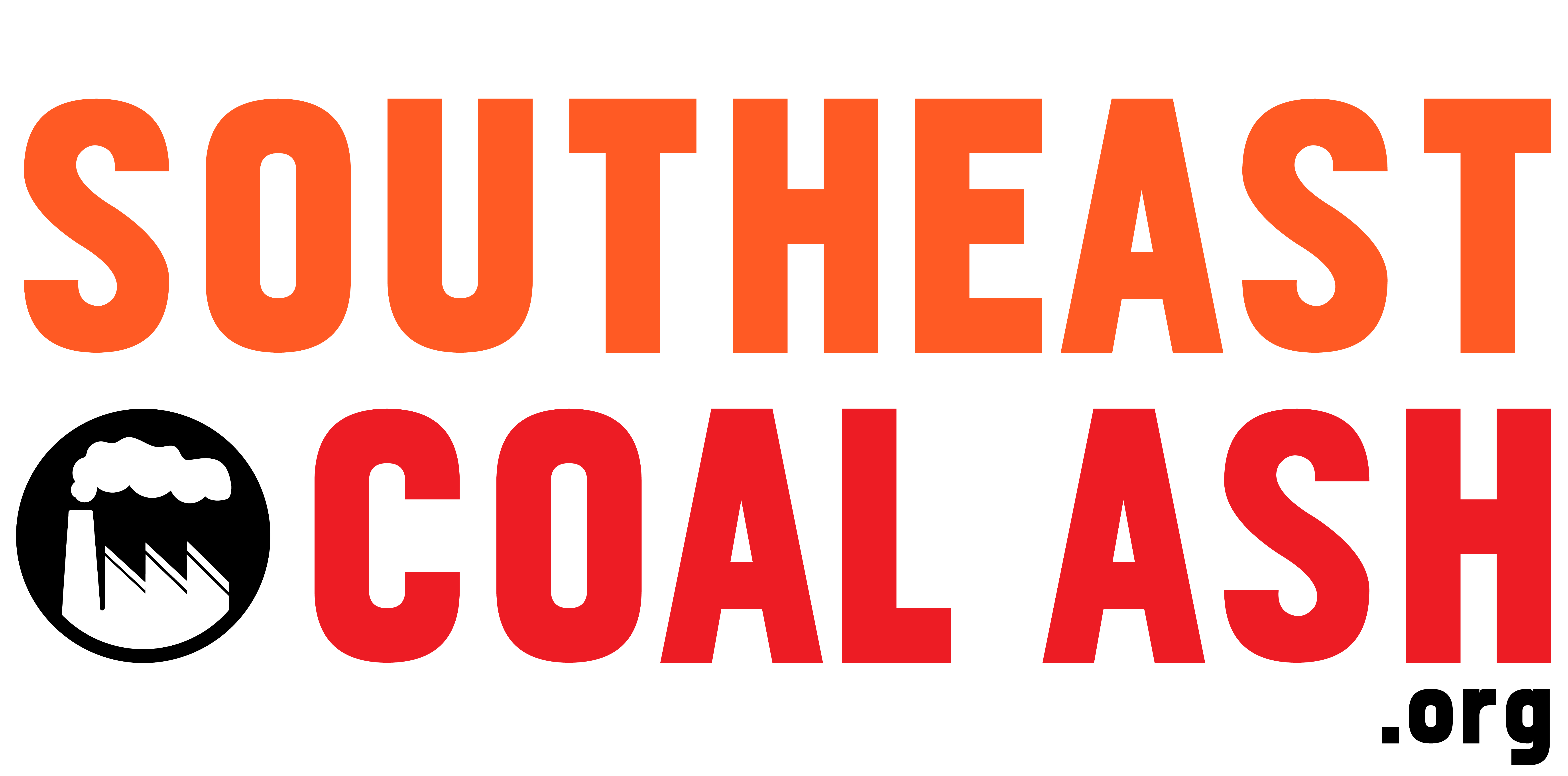
Every year, coal-fired power plants dump millions of tons of toxic metals into our waterways. The Environmental Protection Agency estimates that 72 percent of all toxic water pollution in the country comes from coal-fired power plants. The toxic coal ash pollution flowing into lakes, rivers, streams, groundwater and bays results in death and mutation of fish and wildlife. Some well-known examples of large-scale destruction of fish and wildlife are:
1967: A coal ash dam breaks, spilling coal ash slurry into the Clinch River, VA killing 217,000 fish and poisoning invertebrates for 77 miles downstream.
1976: Releases from an ash pond to Belews Lake, NC, permitted by the National Pollutant Discharge Elimination System, caused massive fish kills and completely eliminated 19 species of fish from the almost 4,000 acre lake.
2008: Coal ash spill at Kingston Fossil Plant, TN, released over one billion gallons of toxic coal ash, inundating the Emory river and causing massive fish kills.
But coal ash doesn’t only harm fish and wildlife during large releases of the hazardous waste. Most coal ash impoundments are little more than unlined pits; toxic substances leach into ground and surface water, enter waterways through unpermitted seeps, and poorly regulated “end of pipe” discharges. The U.S. EPA and environmental groups have already documented over 200 coal ash “damage cases” where levels of toxic coal ash pollutants in waterways exceed state or federal standards. The concentrated pollutants in coal ash, such as lead, mercury, arsenic, chromium, and selenium, cause life-threatening deformities in fish, amphibians, birds, invertebrates, and other organisms living in polluted waters (see “Learn More” section below).
At the U.S. Department of Energy’s Savannah River, near Aiken, South Carolina, researchers from the University of Georgia and the University of Florida found higher than normal concentrations of arsenic, selenium, and lead in the local raccoon population. In North Carolina, researchers from Duke University discovered elevated selenium levels in fish at three lakes that received discharged wastewater from Duke Energy’s power plant sites.
Coal ash endangers almost all Southeastern River systems and is a major reason why three Southeastern rivers, the Catawba, Flint and Blackwarrior, made American Rivers’ list of most endangered rivers of 2013.
Economic Costs of Fish and Wildlife Damage

Industry opponents of regulations protecting communities, waterways, and wildlife resources from toxic coal ash pollution claim that such regulations are cost prohibitive. Opponents use this argument even in the case of EPA’s Coal Water Pollution (effluent) Standards set to be released in September 2015. The most protective effluent limitation guideline option would cost less than 1% of annual utility revenue to adopt, according to EPA analysis.
What’s often ignored are the costs to taxpayers and industry from damages to fish and wildlife. A recent study by USDA Forest Service and U.S. Fish and Wildlife Service scientists, Dennis Lemly, Ph.D. and Joseph Skorupa, Ph.D., describes the devastating damage and the high economic costs that are passed on from this pollution.
Their study conducted a comprehensive review of environmental damage at coal ash ponds since 1967 and found:
- $2.3 billion in past damage to fish and wildlife over the last 45 years from coal ash impoundments. This is enough money to construct 155 landfills with state-of-the-art composite liners and leachate collection systems.
- $3.85 billion in projected damage from coal ash ponds over the next 50 years. Added to past damage costs, this would construct 257 state-of-the-art landfills.
- $4.82 billion to $7.17 billion potentially saved—simply by protecting fish and wildlife—over the next five decades if coal ash ponds are phased out.
Drs. Lemly and Skorupa found that protection of fish and wildlife through elimination of surface impoundments would contribute at least $76 million per year in benefits to the American public. They wrote:
Placing the magnitude and importance of these cost savings in perspective, the total fish and wildlife protection value of $3.85 billion is greater than EPA’s monetized value for human cancer risks avoided plus the groundwater protection value gained under Subtitle C .
Regulation of coal ash under Subtitle C of the Resource Conservation and Recovery Act (RCRA) was EPA’s most protective proposal for coal ash regulation. EPA released its coal ash rule in December 2014 and choose to regulate coal ash under weaker standards in Subtitle D of the RCRA.
What You Can Do
Wildlife conservation organizations like Izaak Walton League of America and National Wildlife Federation have passed resolutions calling for strong protections from coal ash pollution. If you’re a member of a similar organization, you can encourage them to do the same!
Visit our Take Action Page and tell the U.S. EPA and tell congress not to undermine EPA’s coal ash rule and to protect the waters we all rely on for drinking, fishing and recreation for generations to come.
Learn More
Create-Your-Own Coal Ash Report
Full control to create the report of your choosing listing coal plants with ash impoundments in the Southeast.
Create your report NOW!
